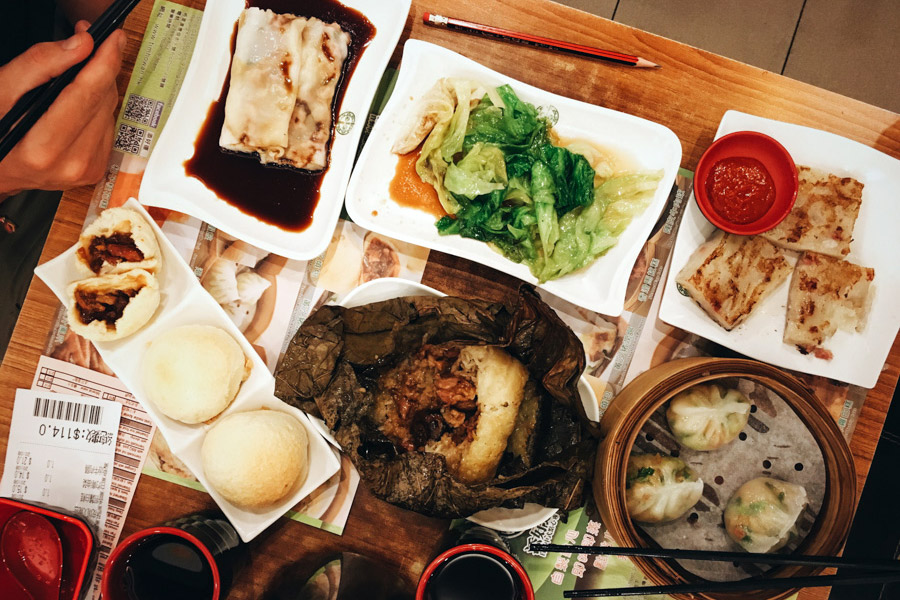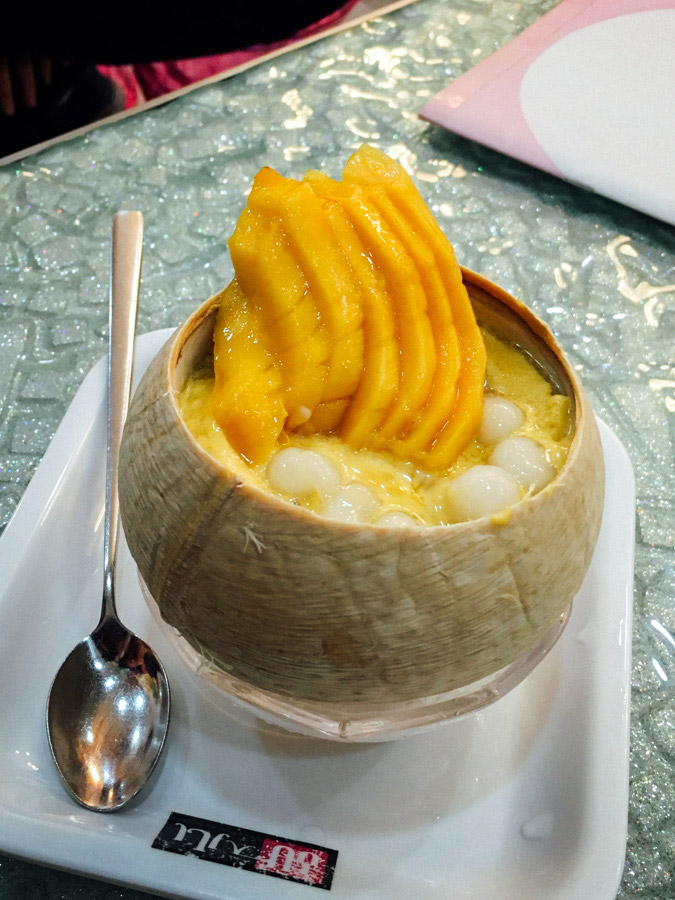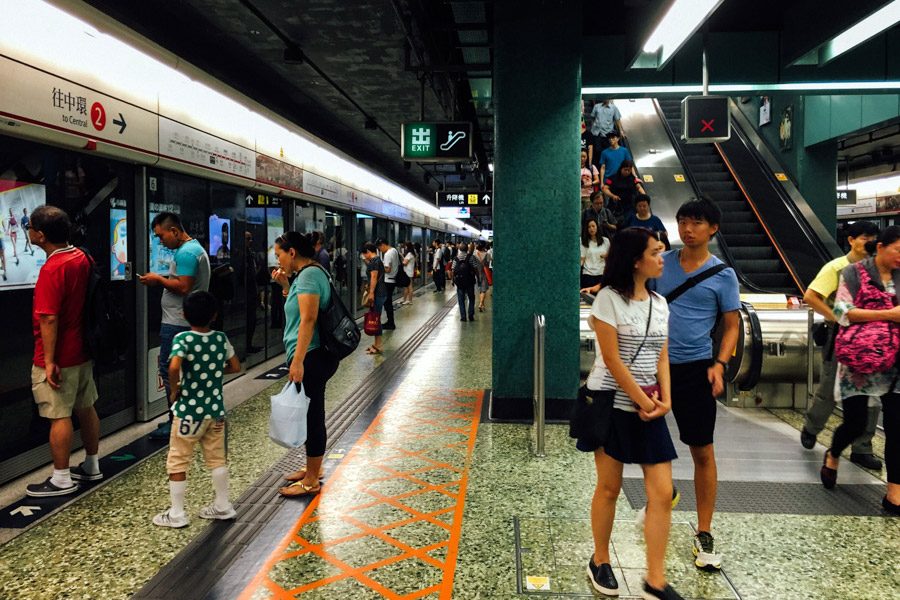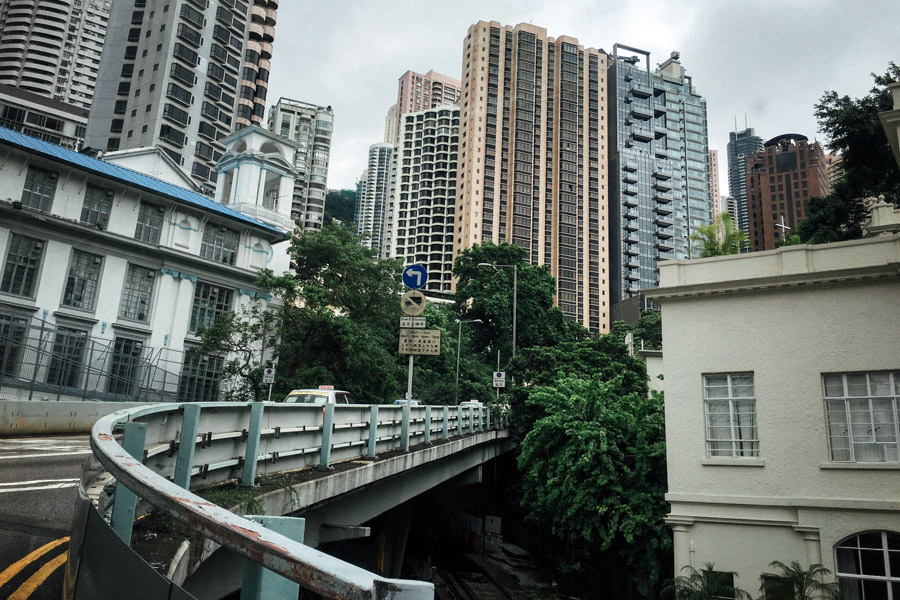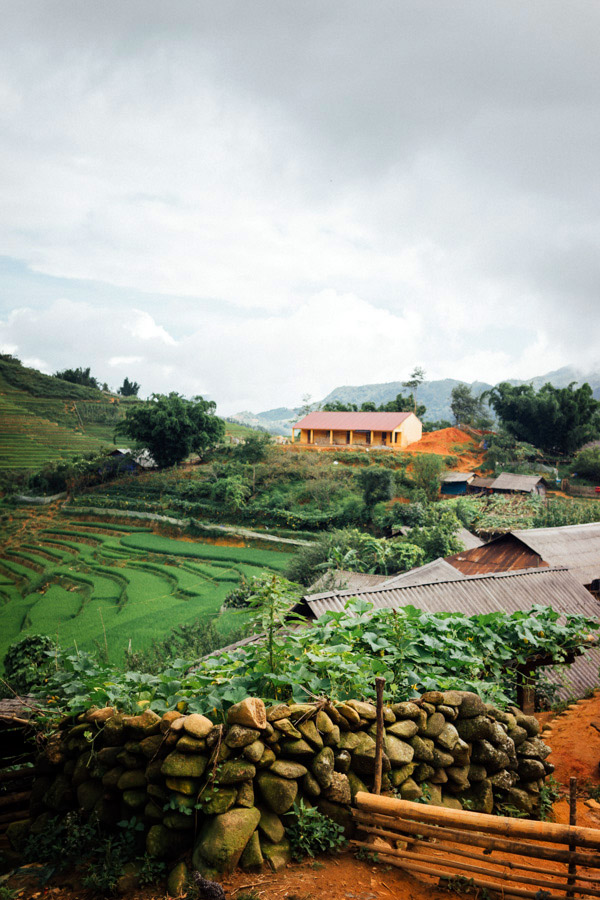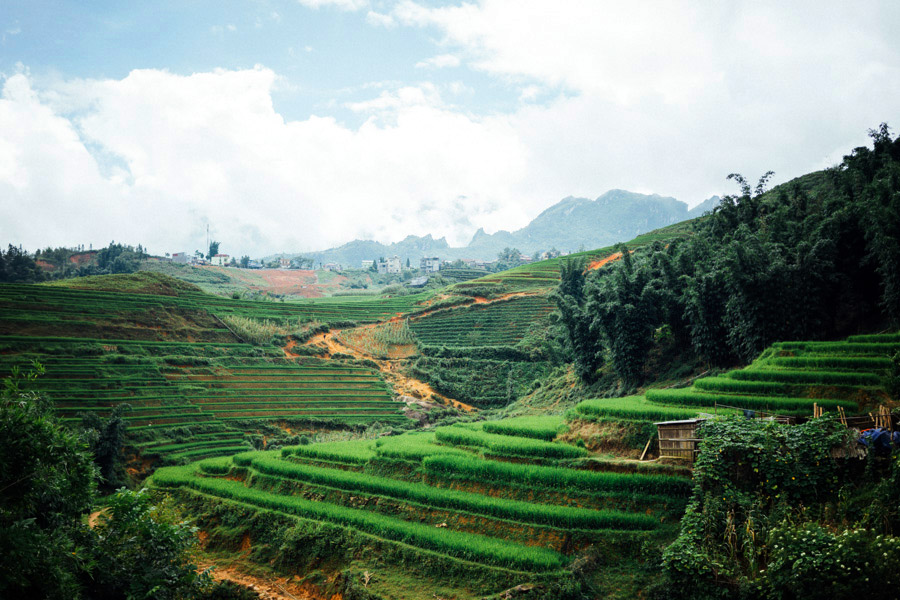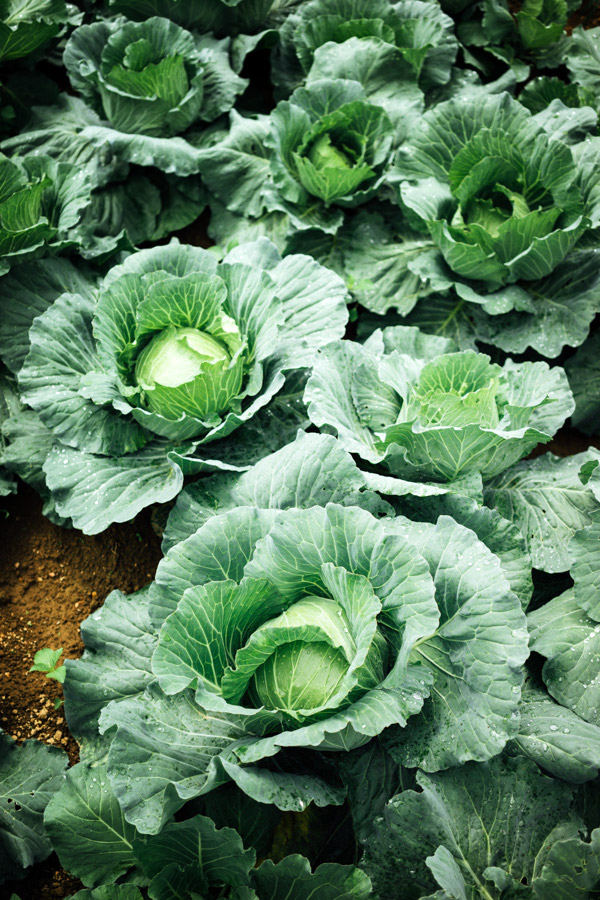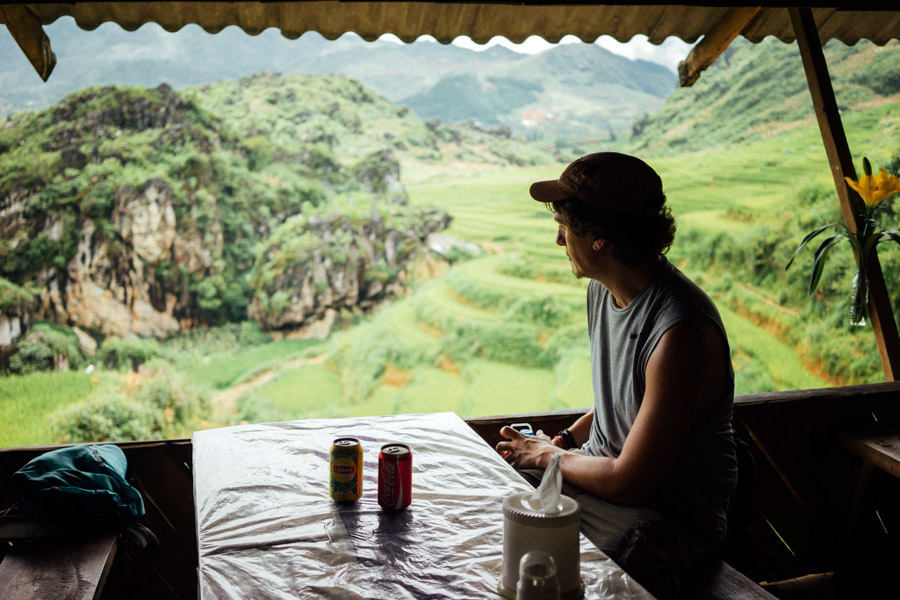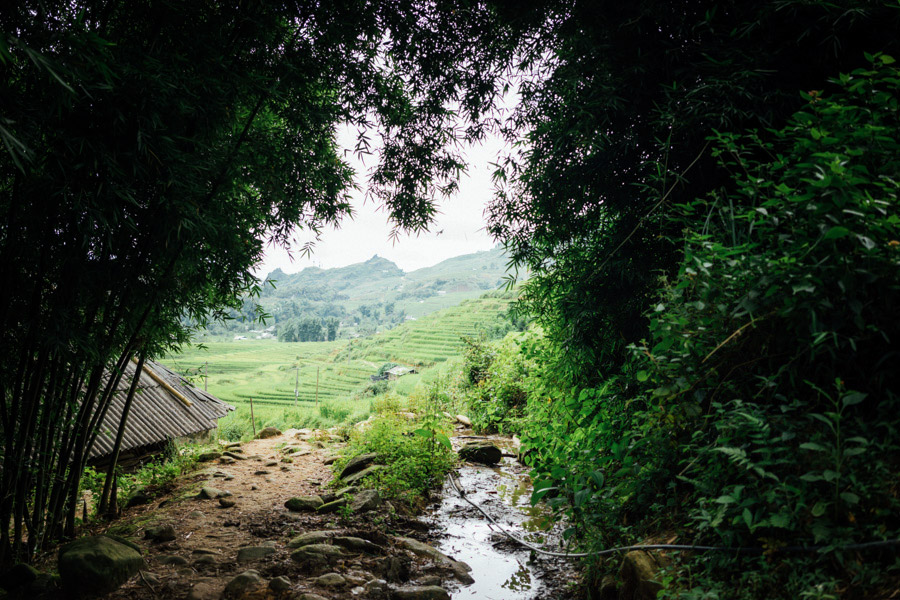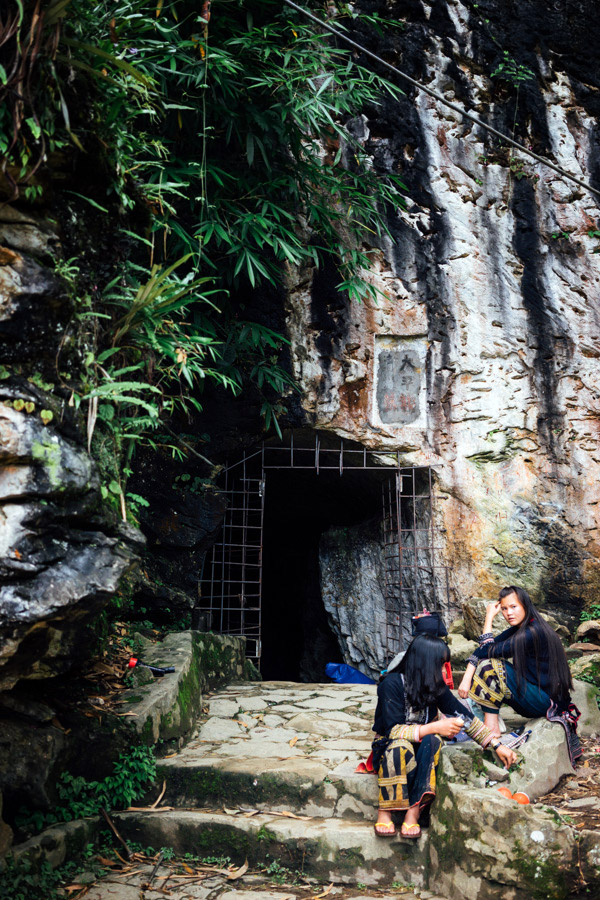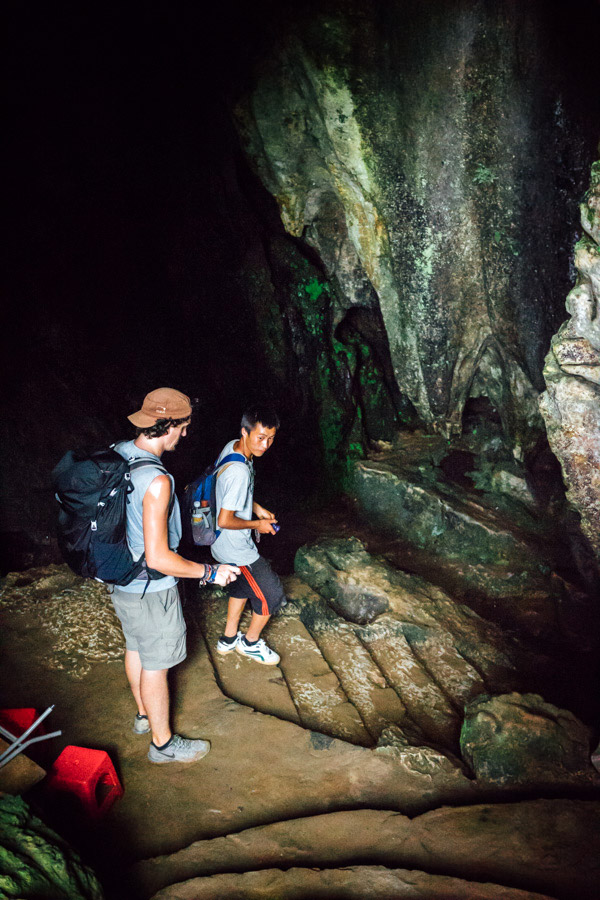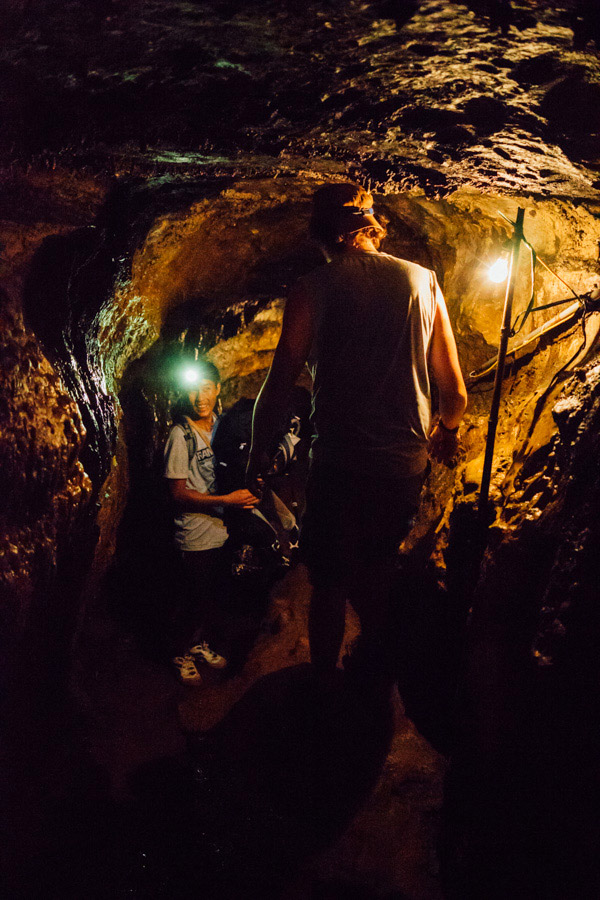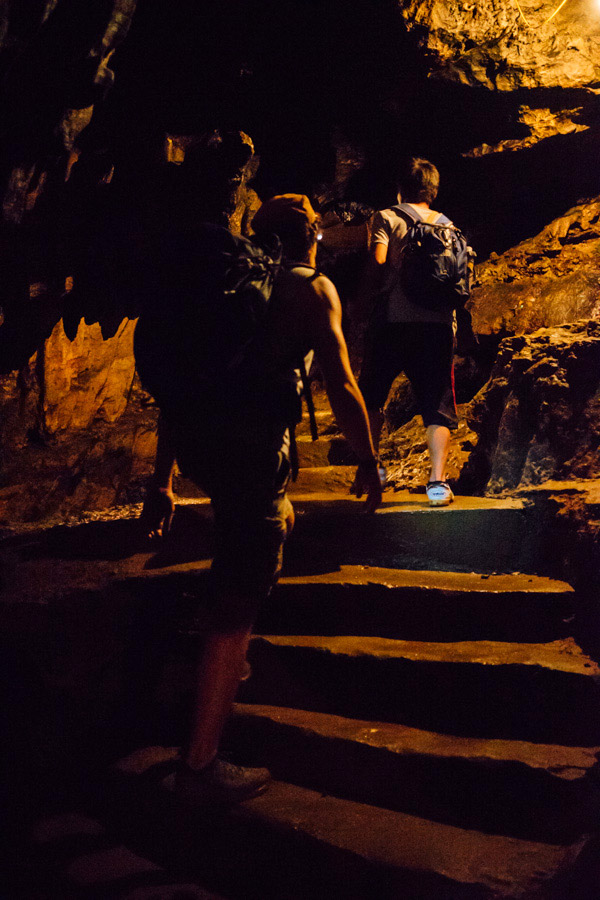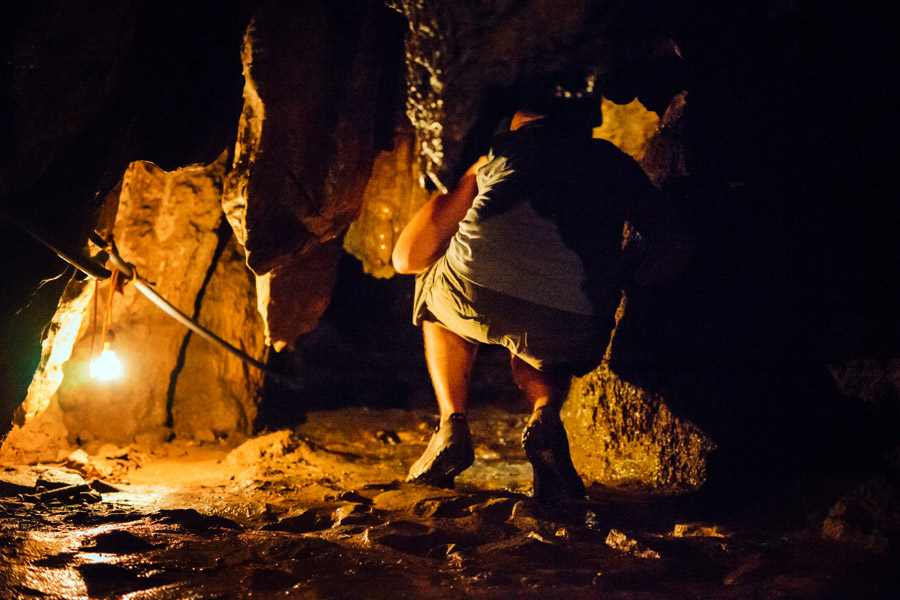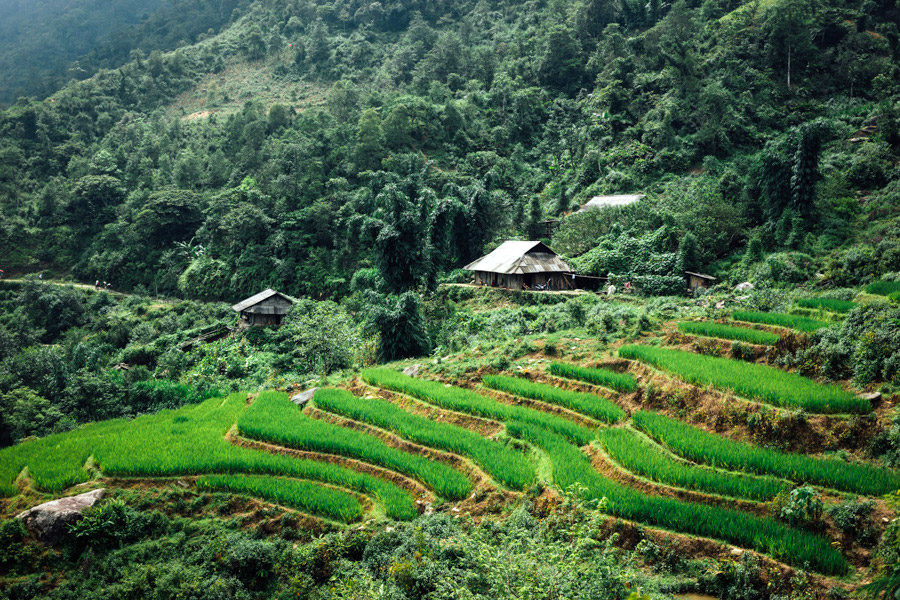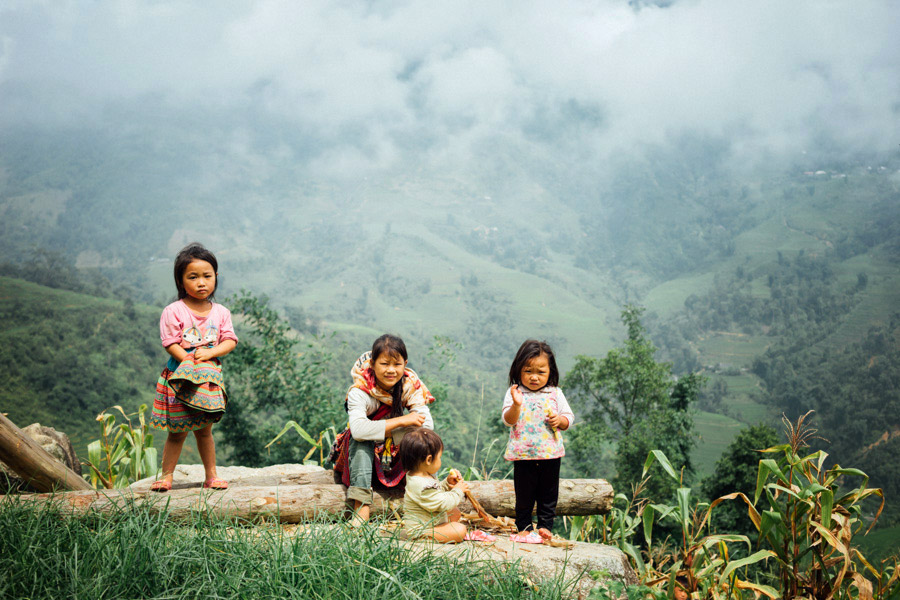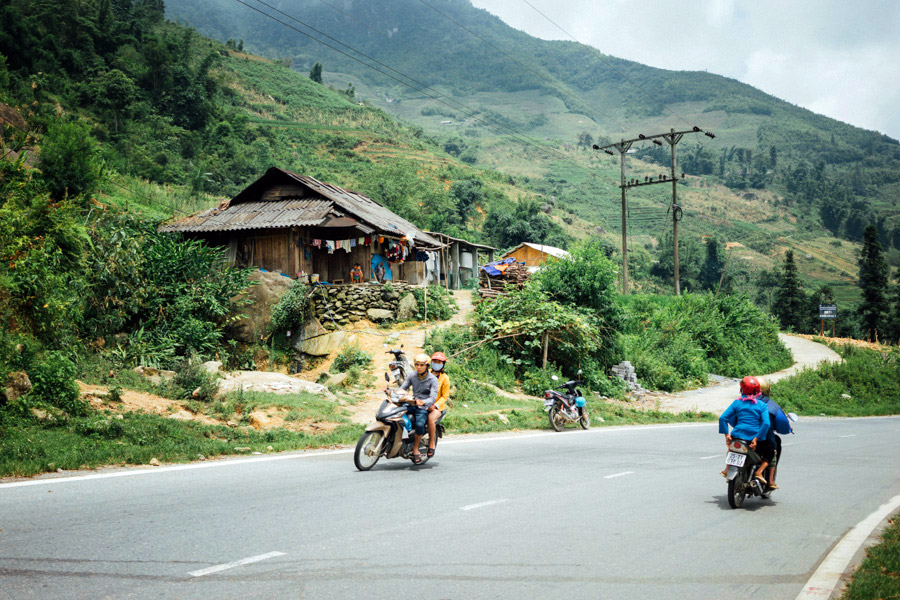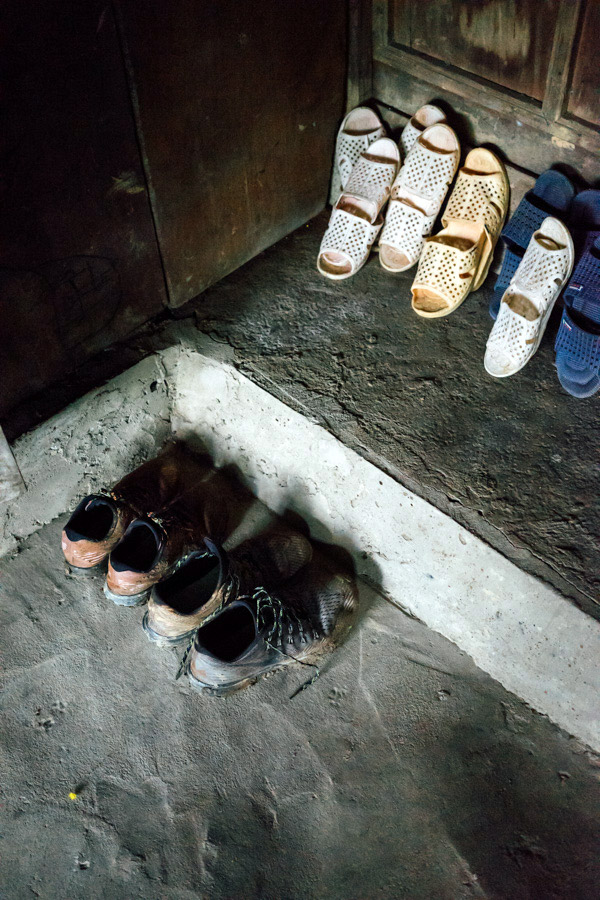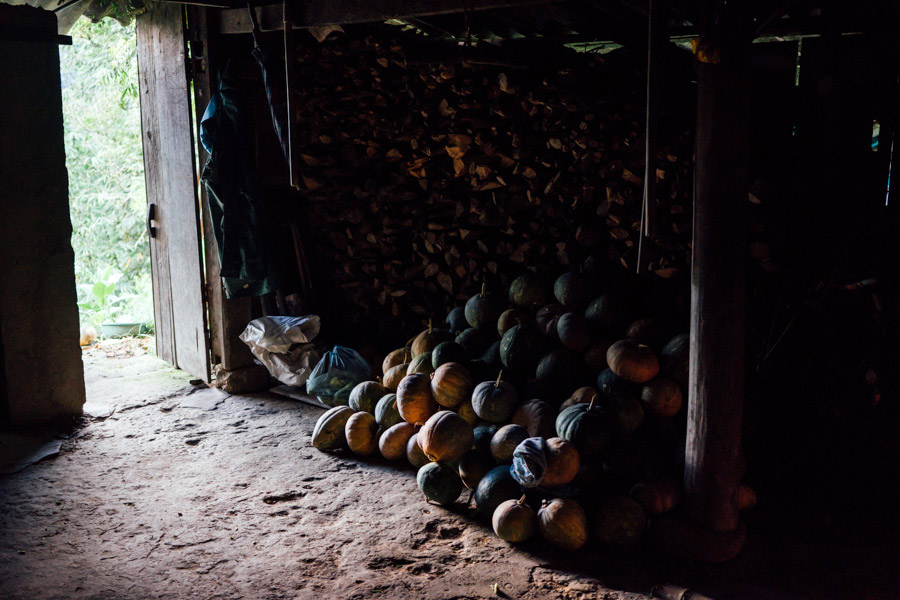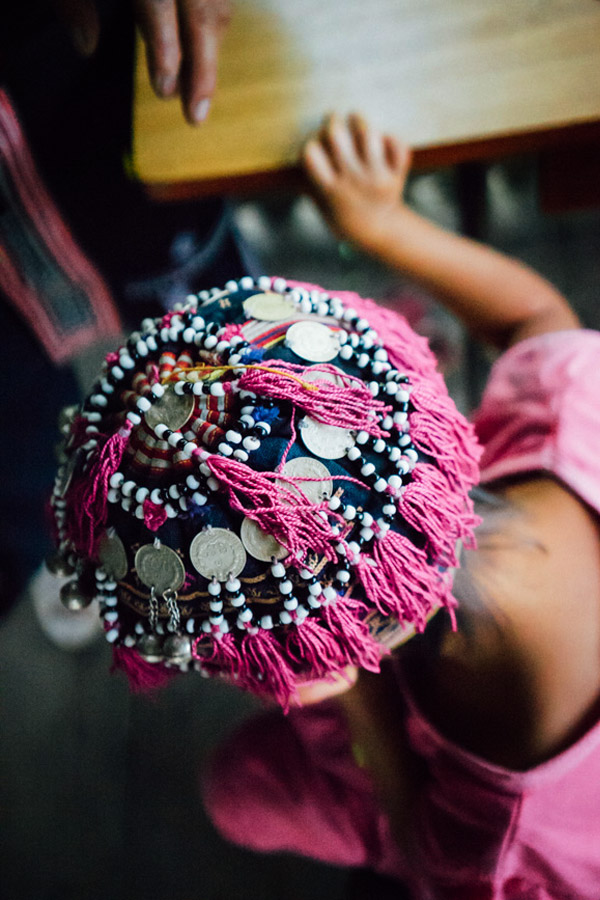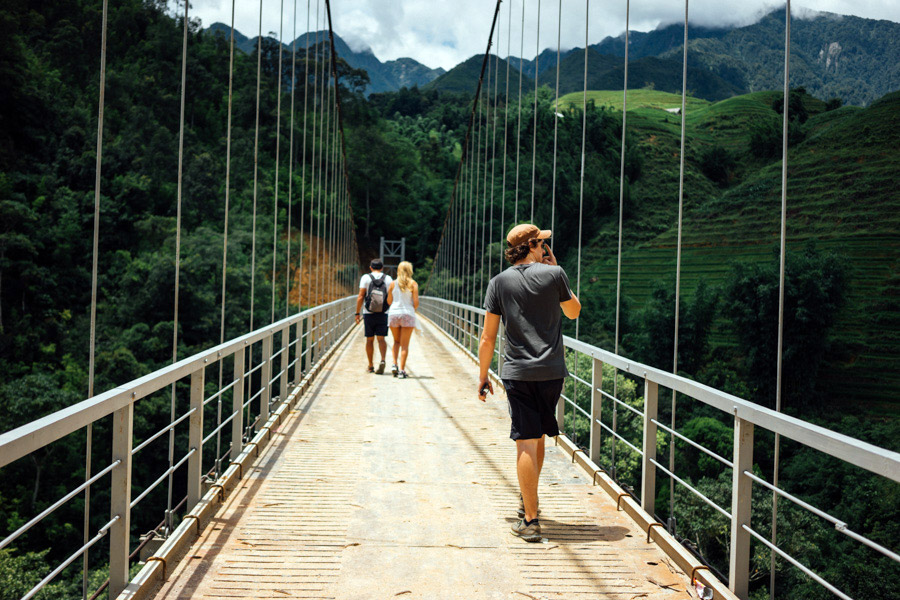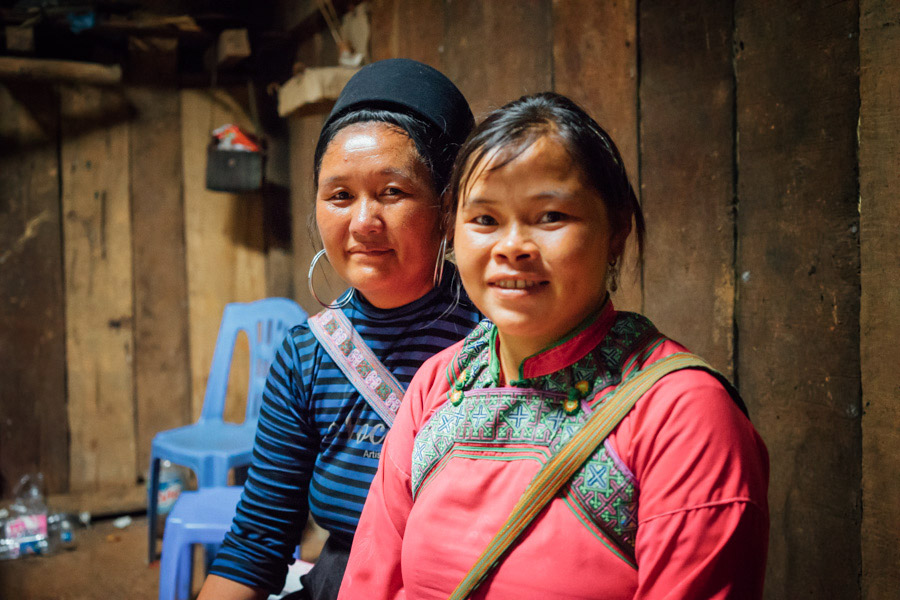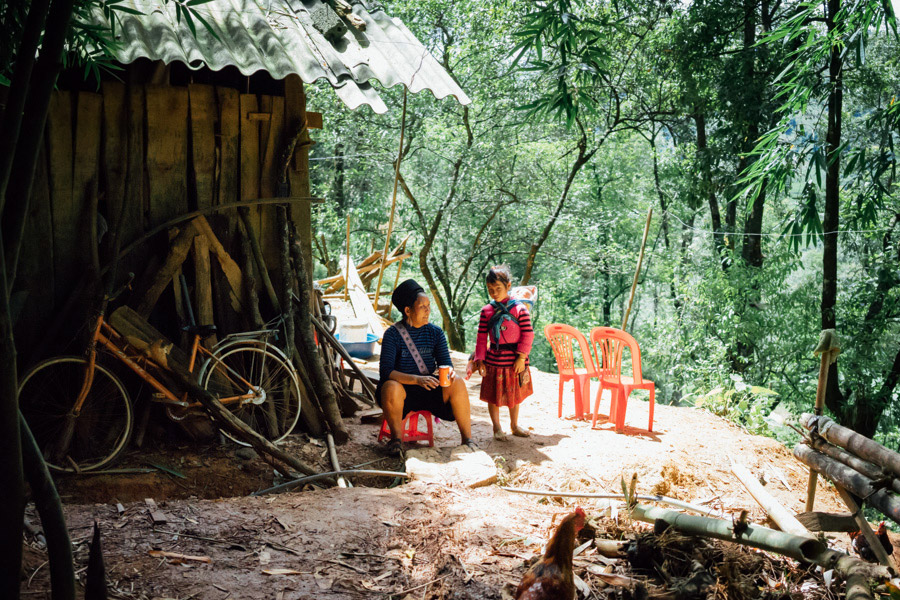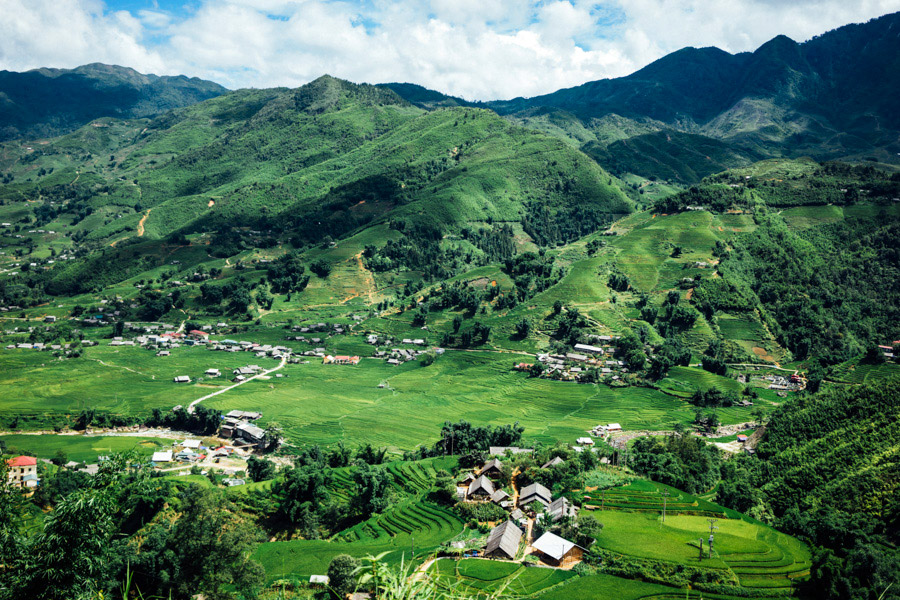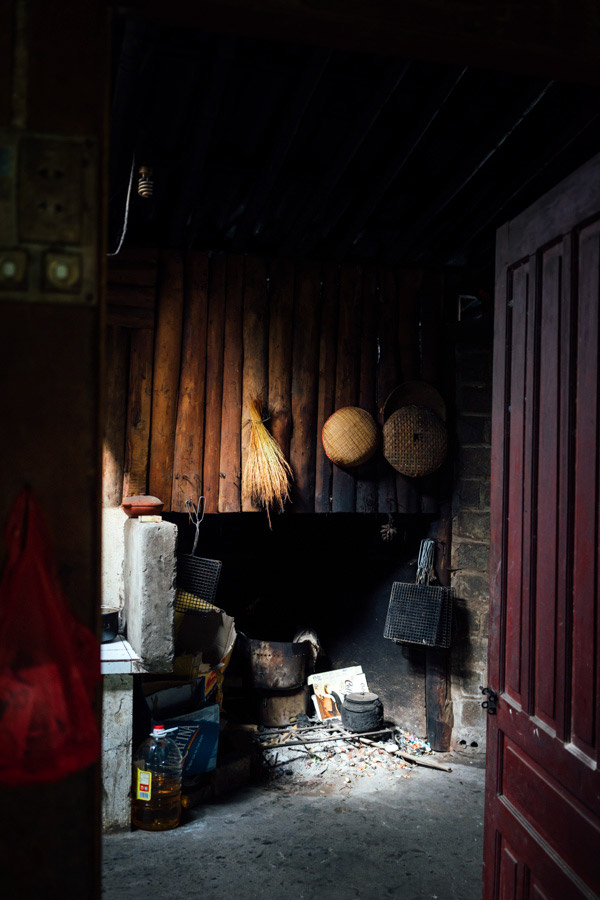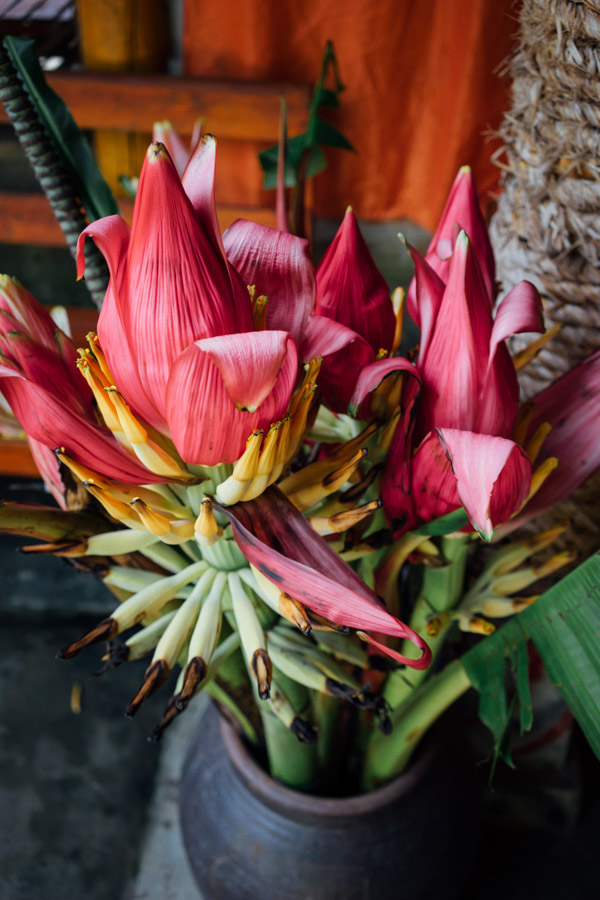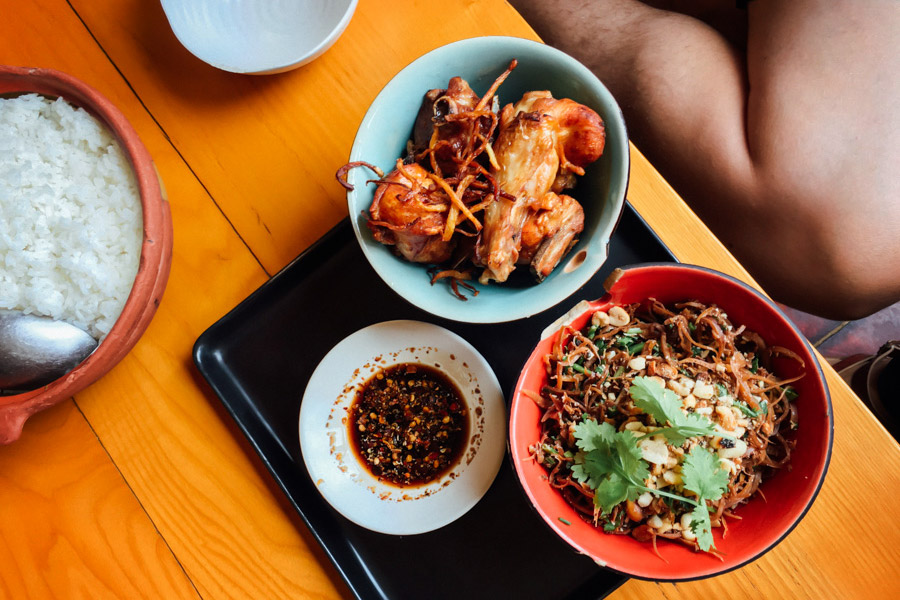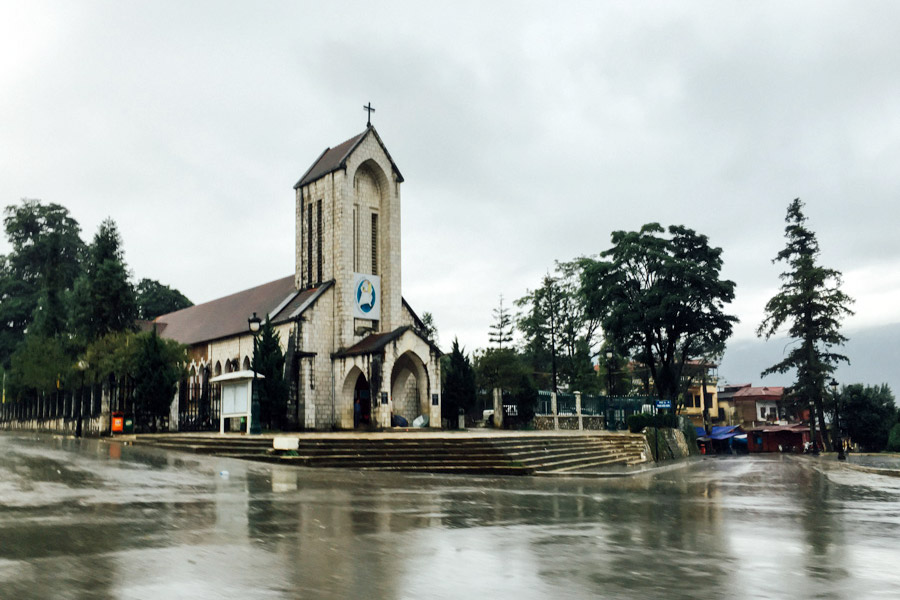Happy New Year! It’s been an unbelievable eight months since Alex & I left the US; and with all the heaviness that has weighed on the world this year, we feel so grateful for what 2016 has brought us. In the spirit of keeping things lighthearted, and while waiting for our bus in Córdoba, Argentina, we thought we’d kill a little time and do a short reflection on our year on the road together.
Wishing everyone back home health and happiness in 2017. We’re missing you all, and hope some of you will still join us on our travels through South America. Gros bises!
Q&A with Madie
M: Hello, we are reporting live [ LAUGHTER ] from the bus stop in Córdoba, — A: Is this thing on? — Argentina. Is this thing on? Just kidding. Alex, you go first.
A: Ok. How are you?
M: I’m good. [ LAUGHTER ]
A: What are you thinking about?
M: Are you joking? [ LAUGHTER ] Well right now, not very much. Although... [ PAUSE ] Ask me something more serious or direct.
A: [ LAUGHTER ] No, you have to answer my questions, that’s all.
M: How am I... What am I thinking about right now? Well, the past six months, or eight months is flashing through my mind.
A: Ok. Do you think we lost or gained weight from the beginning of this trip?
M: Wow. [ LAUGHTER ]
A: Since the beginning. That’s kind of hard.
M: Since the beginning I probably lost weight because I’ve seen photos of myself, and yeah, I think I’ve lost weight for sure. Especially after dinner last night.
We had to share a bad leftover lomito sandwich from the only parrilla open in Córdoba on a Sunday!
A: Ok. Tell me your favorite moment so far.
M: From the past eight months? Oh crap. Oh shoot. I can’t pick just one.
A: You have to pick one.
M: Ummm... Favorite moment so far... Ahhh, there are many moments for different reasons. The most... Oh, I don’t know.
A: Ok, tell me a few.
M: Ok, here’s one! The moment. It’s not the best moment, but it’s a favorite one because it says a lot about our relationship. [ LAUGHTER ] It was when we took the night train from Varanasi to Agra, it was probably the worse conditions we’ve ever been through, but we did it together. And it was kind of like a sweet thing to do on our dating anniversary, and it just shows that we don’t need very much to be happy with each other.
We were accidentally booked on the second to lowest class car (SL / Sleeper Class) for our 14-hour night train from Varanasi to Agra in India: 2 top bunks in a 6-bed open cabin with passengers constantly passing through, open windows letting in the bugs, and fans pointed toward our faces the entire night!
A: Ok. Is there anything you regret?
M: Maybe bringing these hiking shoes? No, just kidding! [ LAUGHTER ] Just kidding. Just kidding.
We shipped our hiking shoes (and cold weather clothes) to France so we could pick them up before heading to South America. Before leaving France we debated whether or not to bring the heavy shoes with us since our lightweight Nike Kigers have been amazing on all our hikes so far. We have yet to use them...
M: Anything that I regret, you know... I mean there’s nothing that could have changed about it, [but] I regret going down the second time for diving. [ LAUGHTER ] So that I wouldn’t have nearly drowned, but I mean... It’s kind of... [ FADE ]
I haven’t really shared the story of how I nearly drowned in Coron. It had been a few years since our last dive, but our first refresher dive was a breeze. Second advanced wreck dive was even better. After lunch on the third drift dive I had to come up for air after feeling some constricted breathing and swallowing a bit of water at only 5m deep. Encouraged to try again, we went 10m down. A minute later I signaled to our divemaster that I needed to go up (Alex was by my side). He said no. I trusted him.
Alex and I went down towards our divemaster at 15m, and then it got worse from there. I had a panic attack, couldn’t breathe, and was in “need” of air, so I spit out my regulator as some kind of reflex. In the next four minutes we were down there, we had to escape the current, and quickly ascend 15m without a regulator in my mouth and our divemaster’s extra regulator purging oxygen below my mouth so I would at least take in air through the bubbles. I was swallowing a lot of water, and at some point I just closed my eyes and prayed to reach the surface. That first breathe of fresh air felt amazing.
A: Tell me what your most looking forward to.
M: Awww. The most? Well... I guess I don’t feel quite right saying this, but I’m looking forward to even settling back home. Settling down, and finishing, wrapping up the trip, and seeing what life will be like after.
A: Without thinking too much, what would you like to change for the rest of the trip? From something you, I, or we do?
M: Ok, I actually started thinking I should draw or sketch more. That’s kind of a minor thing.
A: That’s fine. It was without thinking too much.
M: Ok, great! [ LAUGHTER ]
A: Without thinking too much again, what would you like to change for the rest of your life? Something you, I or we do?
M: Holy crap. The rest of my life? [ LAUGHTER ]
A: You can’t think too much.
M: Uhhh... To live with less. To live with less.
A: To live with even less?
M: [ LAUGHTER ] No, to retain the kind of how we feel about things right now, and to just not go back to a consumer lifestyle, I guess. So just really to truly live with less.
A: Ok. Last question: After six months of travel, hardship, a few arguments, and 24/7 together, do you still love me?
M: Of course! More than ever! [ LAUGHTER ]
A: [ LAUGHTER ] I’m done.
M: That was good. That was pretty lighthearted! Bye.
Q&A WITH alex
M: [ LAUGHTER ] Reporting live from Córdoba, Argentina. [ LAUGHTER ] These are my questions for Alex, and all of these are without too much thought. Ok? They might be a little serious, but answer it to your best.
M: What do you value most about the six months you’ve spent traveling?
A: Learning more about you.
M: What are some important lessons you’ve learned while traveling?
A: That you shouldn’t try to force anything, and enjoy the moment instead. And also, if you enjoy the moment, then time slows down.
M: Wow. That’s deep. [ LAUGHTER ]
A: Is that on your script? [ LAUGHTER ]
M: What have you learned about yourself and each other over the past six months? That’s kind of a redundant one.
A: About myself... That I actually like maps, and sweet things. And about each other, that we don’t mind spending 24 hours together all the time.
M: Awww! That’s sweet.
M: What has been difficult about traveling the past six months? What’s been the most difficult?
A: What’s been the most difficult? I don’t think anything’s been difficult. Probably the sun?
M: [ LAUGHTER ] Ok.
M: What is something you hope for the... [ MUMBLE ]
A: Hope for the next six months?
M: Yeah, hope or happen during the next six months?
A: I hope we see something different and we learn something new.
M: Before leaving we both had strong feelings of settling somewhere along the west coast. Has that changed? Where do you see yourself after this trip is over, and why?
A: Yeah, maybe it changed. It expanded. Maybe not the west coast. Maybe other places in the US, or other places in the world. I don’t know yet.
M: To be determined.
A: To be determined.
M: Well, thank you very much Alex Guion. That was a pleasure.
A: Oh, thank you. Thank you for having me. This is NPR.
M: [ LAUGHTER ]





















